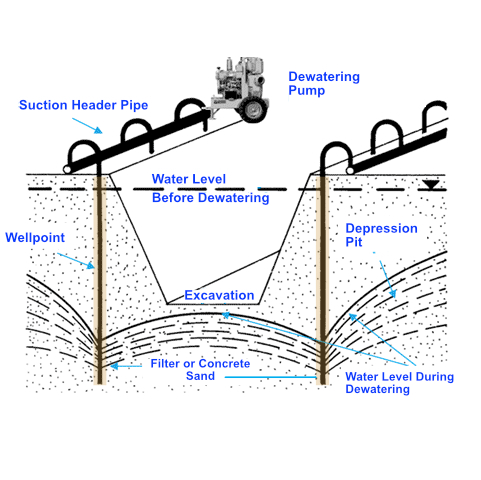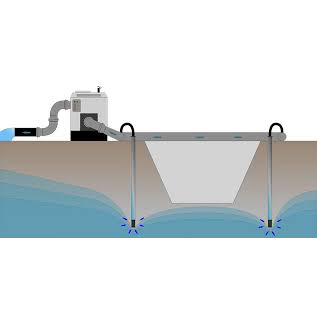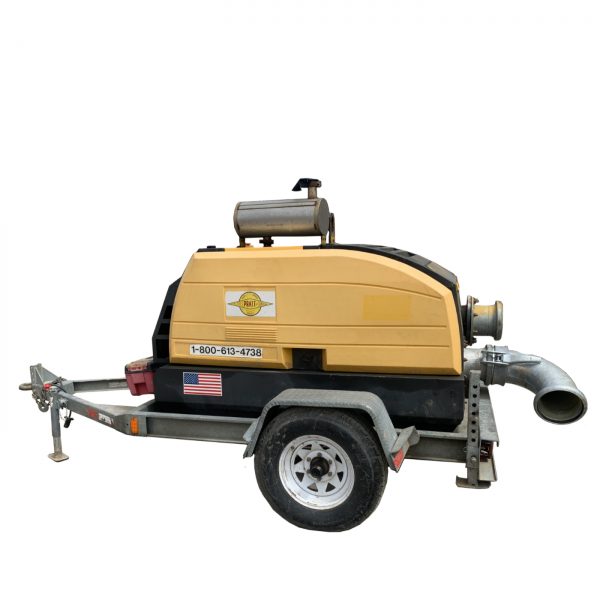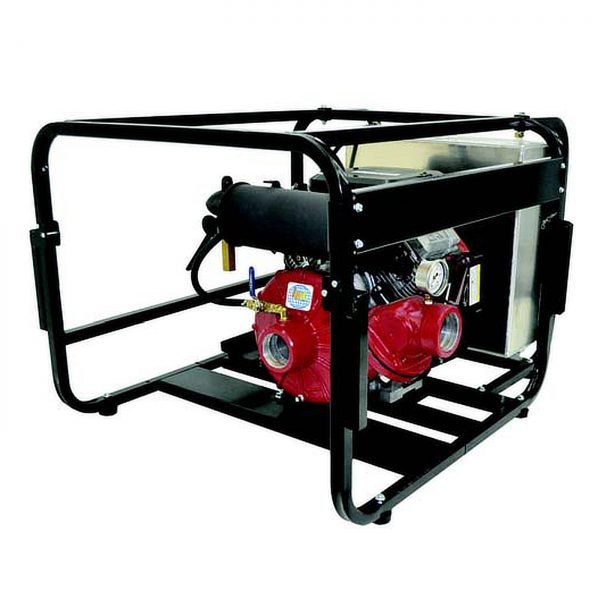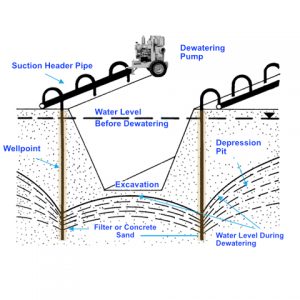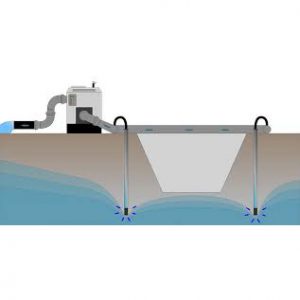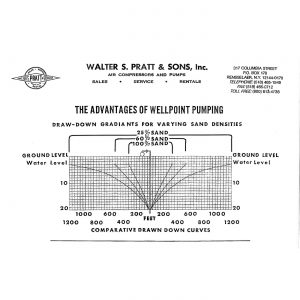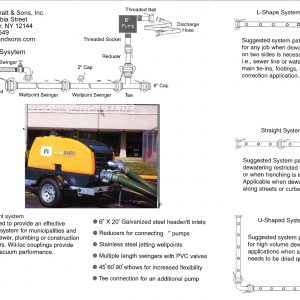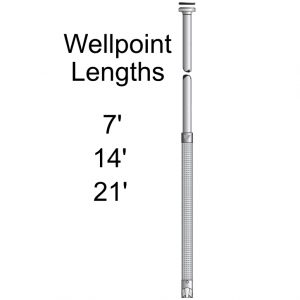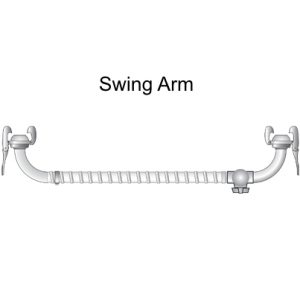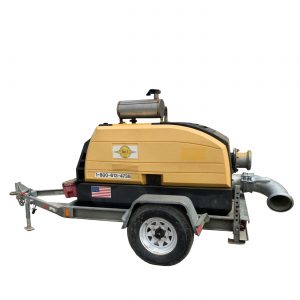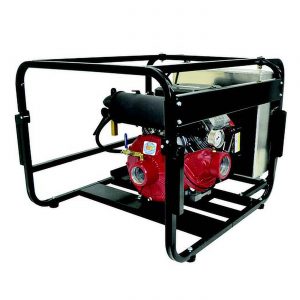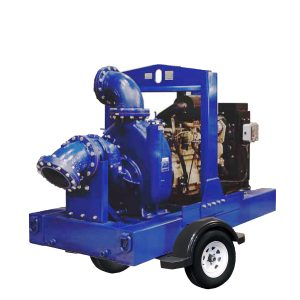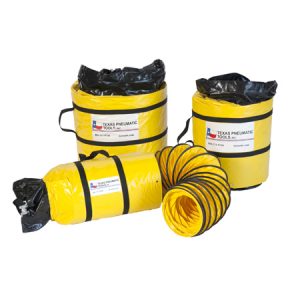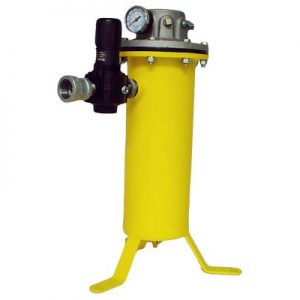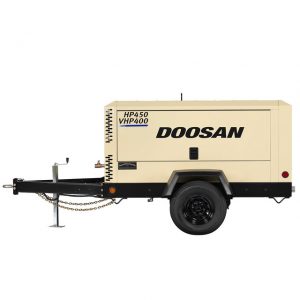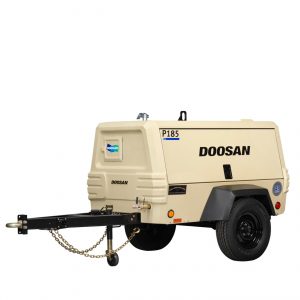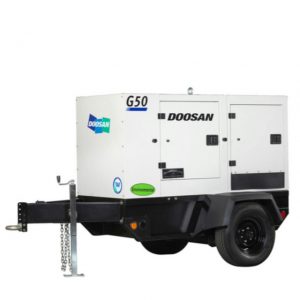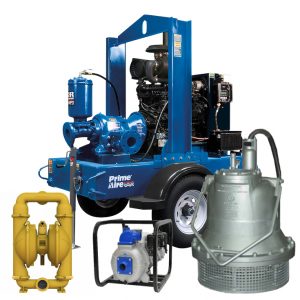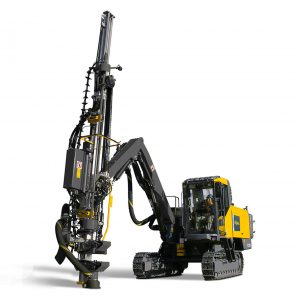In appropriate ground conditions, a wellpoint system can be installed speedily and made operational rapidly.
The level of expertise needed to install and operate a wellpoint system is not greatly sophisticated and can be readily acquired.
However, as with any ground engineering process, having experienced personnel to plan and supervise the works can be crucial in identifying and dealing with any change in expected ground conditions.
A wellpoint is a small diameter water abstraction point (the well screen), sometimes referred to as a ‘strainer,’
(So called because of the wire mesh or other strainers of the self-jetting wellpoint) through which the groundwater passes to enter the wellpoint.
They are installed into the ground at close centers to form a line alongside, or a ring around, an excavation.
The perforated wellpoint is typically about 0.7- 1.0 meter in length and of 40-50 mm nominal diameter.
Each is secured to the bottom end of an unperforated pipe (the riser pipe) of slightly smaller diameter; 38 mm diameter pipe is commonly used.
However, where the ‘wetted’ depth is limited due to the proximity of an impermeable surface,it is preferable that the length of the wellpoint should be shorter (usually 0.3-0.5 m) to restrict the risk of air intake at maximum draw-down.
Often it will be necessary to install wellpoints at closer centers to compensate for the lesser screened length of each short wellpoint.
Each wellpoint is connected to a header main (typically of 6″ diameter) that is placed under vacuum by a wellpoint pump.
The header main is normally made of high impact plastic, although steel pipe is sometimes used, especially when there is a risk of damage from construction activities.
The pipe is typically supplied in 6 meters lengths and is joined on site by simple couplings.


